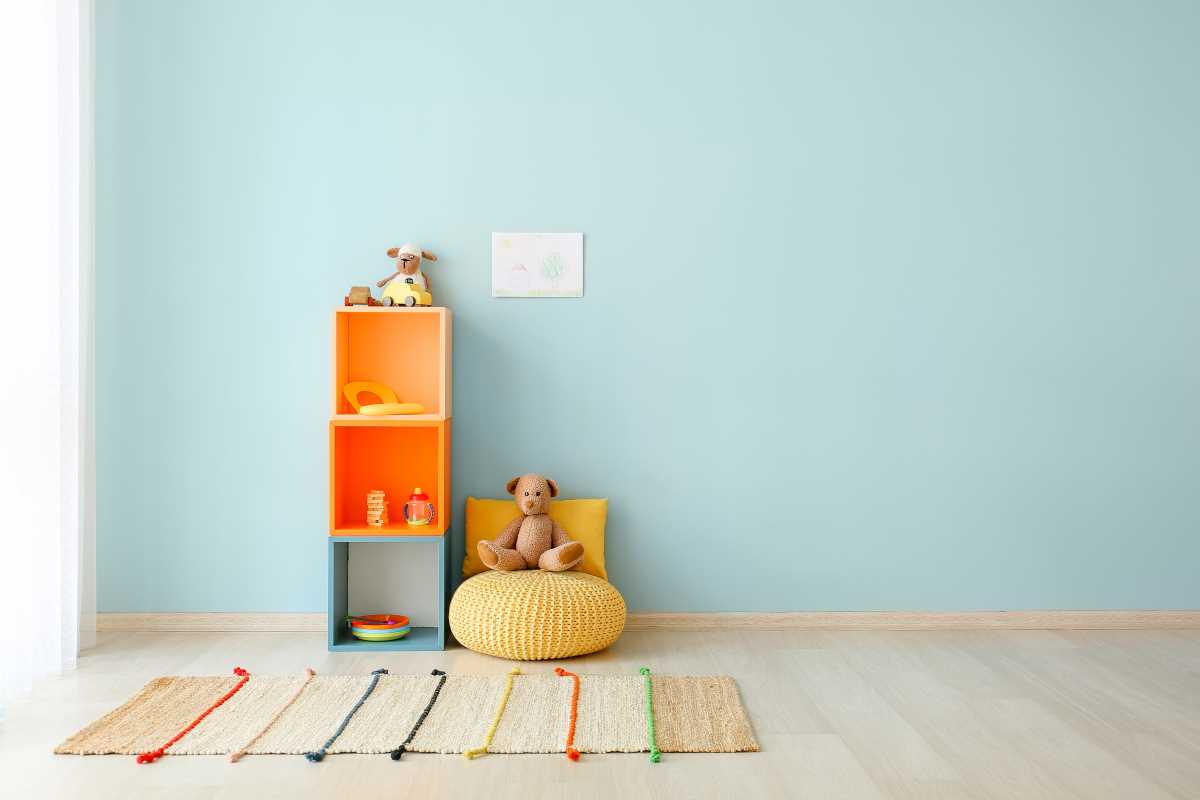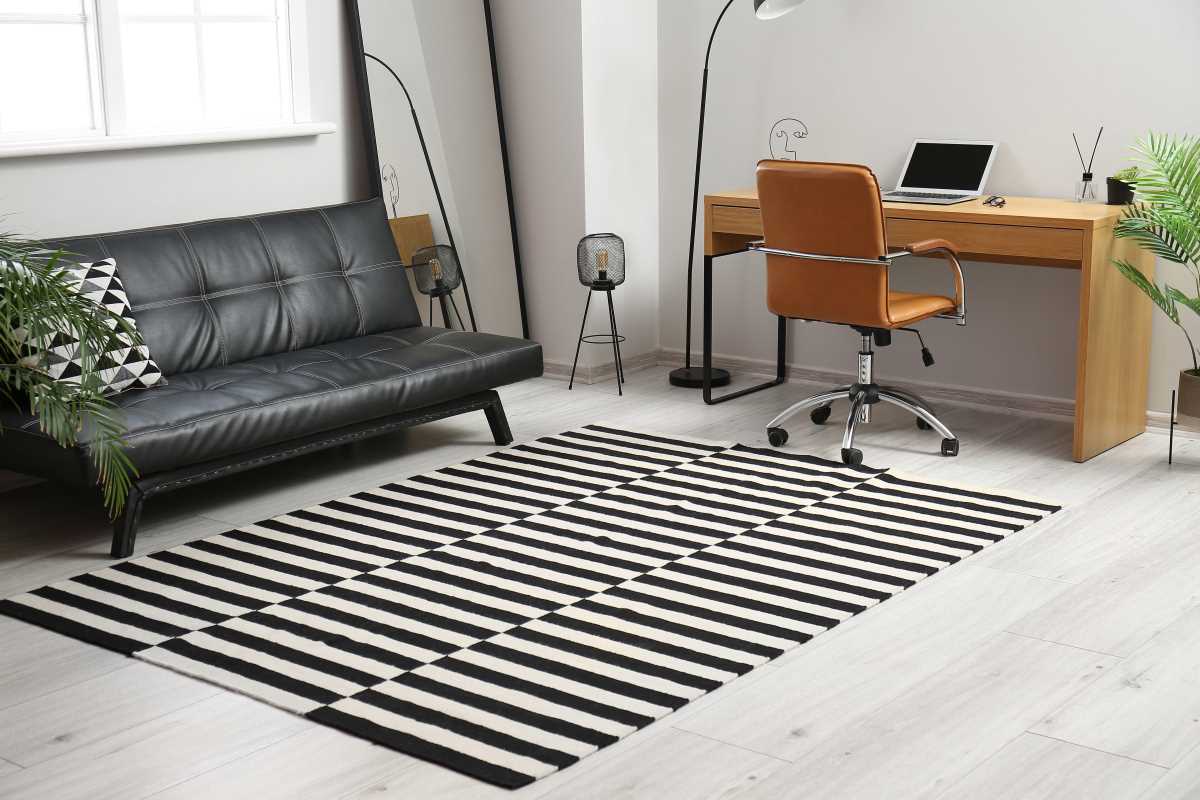Imagine waking up to a space uncluttered by chairs, tables, or sofas. Living without furniture might sound unconventional, but many are embracing it for its simplicity and freedom. Whether you're seeking a minimalist lifestyle, looking to reduce your environmental footprint, or simply curious about alternative living arrangements, exploring a furniture-free home can offer a refreshing perspective.
The Benefits of Living Without Furniture
- Enhanced Space Utilization: Without bulky sofas, tables, or beds taking up floor space, your home becomes a blank canvas. This newfound openness allows you to use every corner of your living areas creatively. For instance, you could practice yoga in what used to be a cramped living room or host gatherings with more room for people to sit on cushions or rugs. This flexibility can be particularly appealing for smaller apartments or studio spaces where maximizing function is key.
- Cost Savings: Traditional furniture often comes with a hefty price tag, whether it’s a luxurious sectional couch or even a simple dining set. Living without furniture eliminates these costs entirely, freeing up your budget for other priorities, such as travel, education, or home improvements. Even alternative, low-cost seating options like floor pillows are significantly cheaper, allowing you to create a cozy space without breaking the bank.
- Minimalist Lifestyle: Choosing a furniture-free home aligns beautifully with a minimalist mindset. With fewer possessions to manage, your living spaces feel clearer and more intentional. For example, a room without furniture can be quickly repurposed as an art studio, fitness zone, or meditation space. This reduced physical clutter also has a mental counterpart—it becomes easier to focus, relax, and feel at peace when your surroundings are simplistic and serene.
- Easier Cleaning: Cleaning a room filled with furniture often requires maneuvering around heavy pieces, vacuuming under beds or sofas, and dusting numerous surfaces. Without furniture, cleaning transforms into a quick and straightforward task, freeing up valuable time for other activities. For instance, sweeping or mopping an open floor is less labor-intensive and more rewarding than maneuvering a vacuum under a bulky dining table.
- Flexibility: A furniture-free home provides unmatched adaptability. Want to use your living space as a remote office one day and a workout area the next? No problem. With lightweight alternatives like stackable floor cushions or mats, you can regularly reconfigure spaces without the hassle of moving or storing heavy items. This flexibility is especially practical for renters or those who frequently move, as it saves effort and cost during transitions.
Environmental and Economic Impact
- Reduced Waste: Modern furniture production contributes significantly to solid waste, from discarded packaging to end-of-life furniture added to landfills. Avoiding the purchase of new furniture directly reduces demand and slows the cycle of throwing away worn-out pieces. For example, living furniture-free could make you rely on multi-use, biodegradable items like bamboo mats, which are less harmful to the environment.
- Lower Carbon Footprint: Manufacturing furniture requires extensive resources, from logging hardwoods to producing synthetic materials. Transportation of furniture further adds to CO2 emissions due to the bulky nature of these items. By eliminating furniture from your lifestyle, you reduce the demand for these processes and help mitigate climate change. For example, skipping the purchase of a large sofa avoids the environmental impact of its production, packaging, and shipping.
- Energy Conservation: The production of furniture often involves significant energy usage, from cutting timber to powering machinery for upholstering and assembly. Living without furniture indirectly conserves energy by avoiding these resource-intensive processes. By not contributing to this energy demand, your lifestyle becomes a quieter form of activism against industrial overconsumption.
- Financial Sustainability: Beyond immediate cost savings, skipping furniture purchases frees up funds for more impactful investments, such as installing solar panels or purchasing carbon offsets. You might opt for eco-friendly alternatives like sustainable rugs, which are practical and align with an environmentally conscious lifestyle. These choices allow you to prioritize long-term benefits for both your finances and the planet.
By choosing to live without traditional furniture, you contribute to a simpler, cleaner, and more sustainable way of life. The impact extends beyond your personal space, spreading to your community and the environment at large. This lifestyle shift proves that functionality and comfort don’t have to come at the cost of the Earth’s resources.
Potential Challenges
Adopting a furniture-free lifestyle isn't without its hurdles. One primary challenge is finding comfortable and functional alternatives to traditional seating and sleeping. Without chairs or beds, activities like dining, working, or relaxing can require significant adjustments and creative solutions.
Another consideration is social perceptions. Visitors might find a furniture-free home unconventional, which could lead to misunderstandings or judgments. Certain lifestyles or lifestyles stages, such as hosting larger gatherings or accommodating children, may be more difficult without standard furniture.
Tips for a Furniture-Free Lifestyle
- Invest in Versatile Pieces: Items like floor cushions, bean bags, or inflatable mats can serve multiple purposes and adapt to different needs.
- Maximize Vertical Space: Use wall-mounted shelves and storage to keep essentials organized without taking up floor space.
- Embrace Minimalism: Focus on keeping only what you truly need, which aligns with a furniture-free approach and simplifies your living environment.
- Explore Alternative Seating: Incorporate yoga mats, hammocks, or low seating arrangements to provide comfort without traditional furniture.
- Create Defined Zones: Designate specific areas for activities such as eating, working, or relaxing to maintain order and functionality in your home.
Real-Life Experiences
Take Emma, for example, who decided to transition to a furniture-free apartment. Initially skeptical, she found that using floor cushions and foldable mats saved space and encouraged her to stay active. Emma reports feeling more connected to her living space and enjoying the simplicity it brings to her daily routine.
Similarly, Mark and Lisa chose a furniture-free lifestyle to reduce their environmental impact. By eliminating traditional furniture, they significantly lowered their household waste and expenses. Their friends were intrigued by the innovative storage solutions and the open, airy feel of their home, showing that a furniture-free environment can be both practical and aesthetically pleasing.
Living without furniture offers numerous benefits, from enhanced space utilization and cost savings to positive environmental impacts. While it comes with its set of challenges, with the right approach and mindset, a furniture-free lifestyle can lead to a simpler, more sustainable way of living. Embracing this alternative can open up new possibilities for creativity and personal growth, proving that home comfort doesn't always require traditional furnishings.
 (Image via
(Image via





